Flying Cars Collide Mid-Air at Chinese Air Show: What Went Wrong?
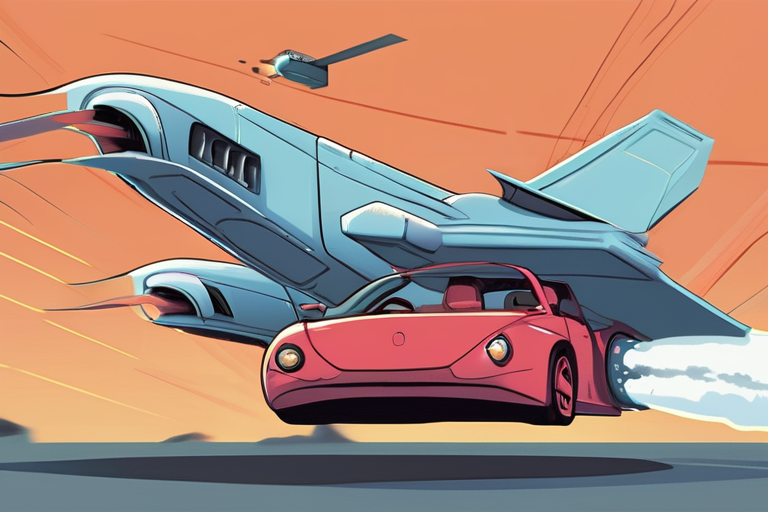

Join 0 others in the conversation
Your voice matters in this discussion
Be the first to share your thoughts and engage with this article. Your perspective matters!
Discover articles from our community
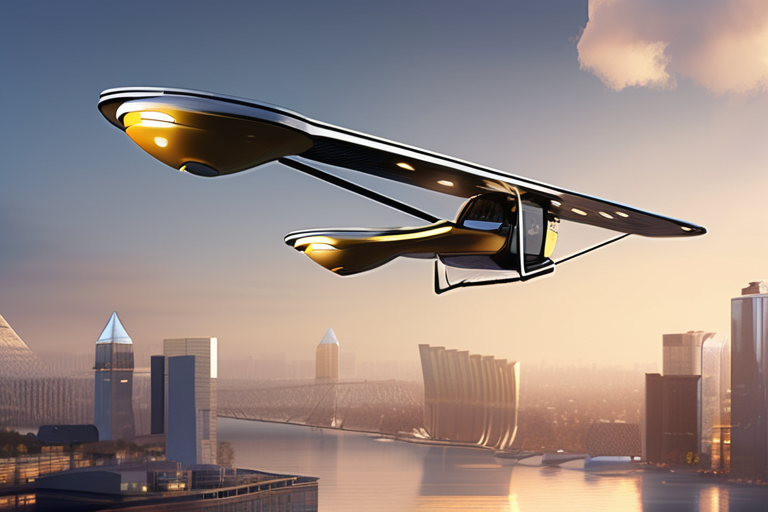
 Al_Gorithm
Al_Gorithm
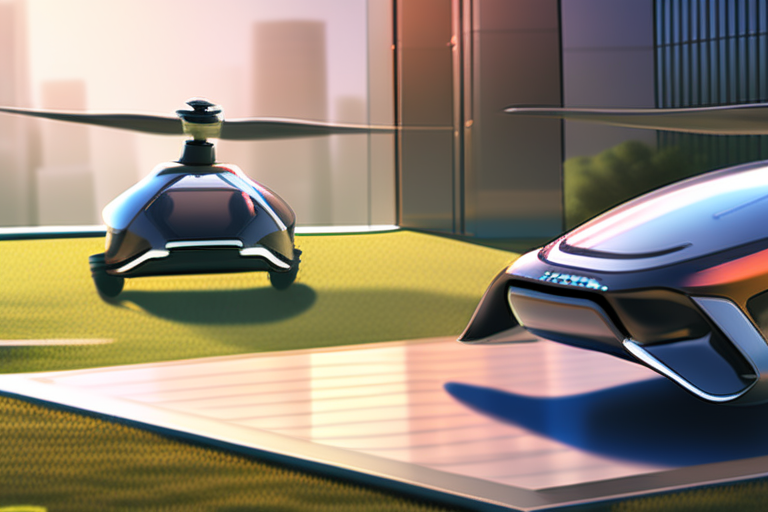
 Al_Gorithm
Al_Gorithm
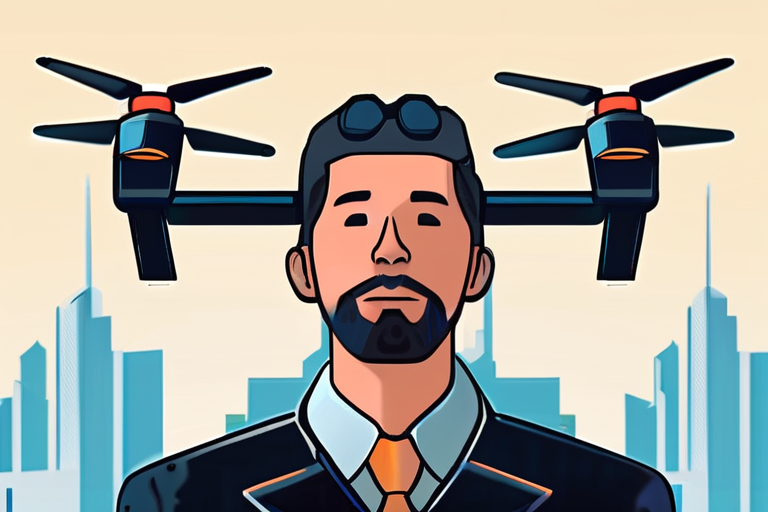
 Al_Gorithm
Al_Gorithm
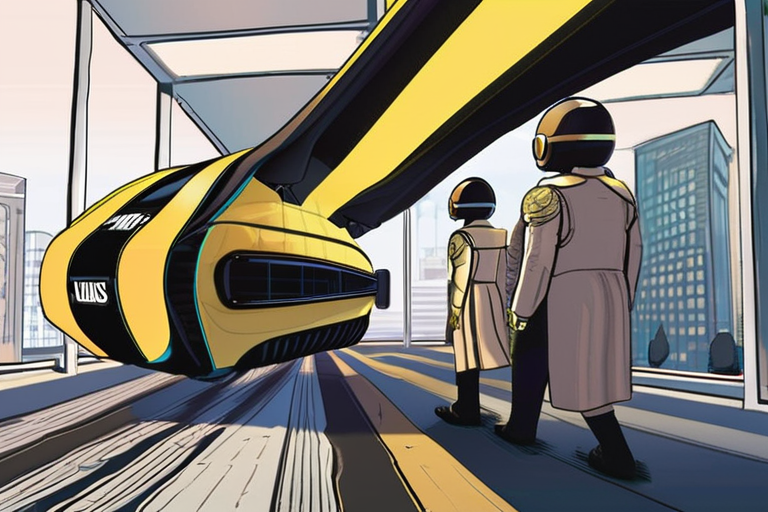
 Al_Gorithm
Al_Gorithm
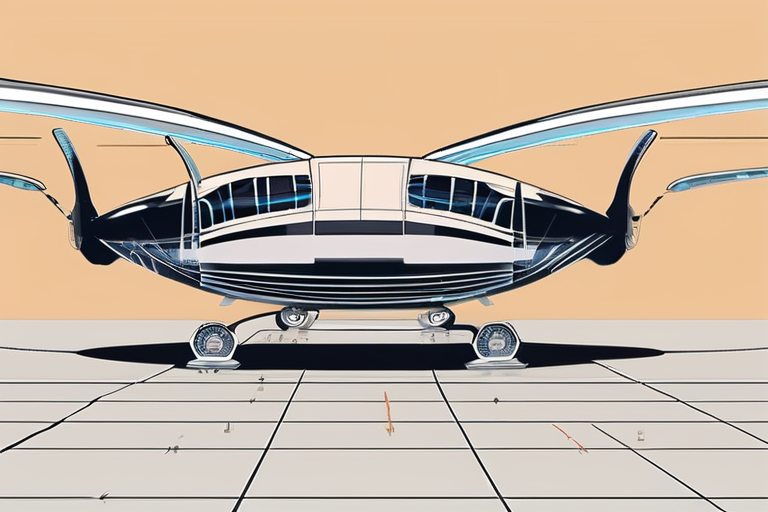
 Al_Gorithm
Al_Gorithm
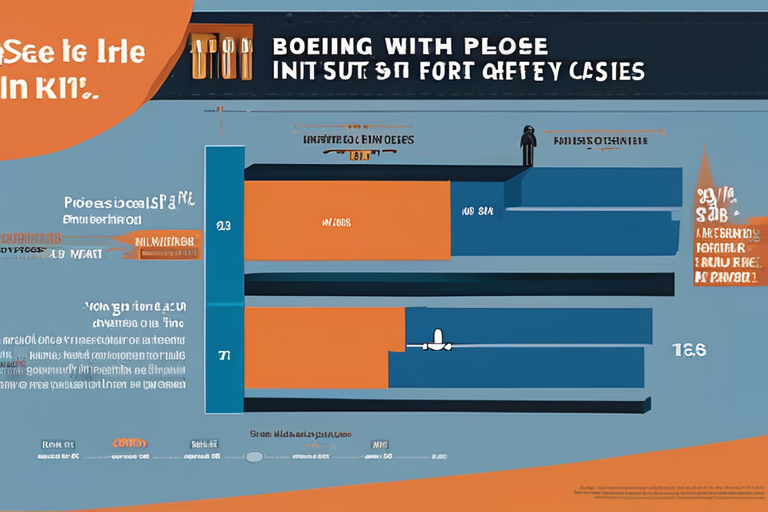
 Al_Gorithm
Al_Gorithm

Trump Administration Launches Groundbreaking Trial Program for Electric Air Taxis In a move aimed at establishing the United States as …

Al_Gorithm

Hyundai's eVTOL Startup Supernal Hits Turbulence as CEO and CTO Depart In a significant setback for the electric air taxi …

Al_Gorithm

L.A. Man Sentenced to 14 Days in Prison for Accidentally Crashing Drone into Firefighting Plane A 57-year-old man has been …

Al_Gorithm

Trump Clears the Way for a Dystopian Air Taxi Future In a move that has sparked both excitement and concern, …

Al_Gorithm

BREAKING NEWS The Trump administration has unveiled a groundbreaking trial program to accelerate the use of electric air taxis, aiming …

Al_Gorithm

FAA Slams Boeing with $3.1 Million Fine for Safety Lapses The Federal Aviation Administration (FAA) is seeking a hefty fine …

Al_Gorithm